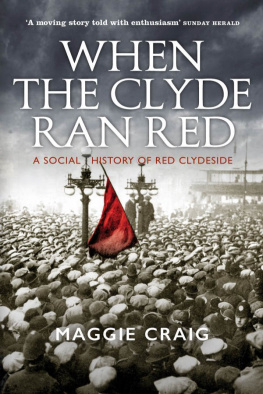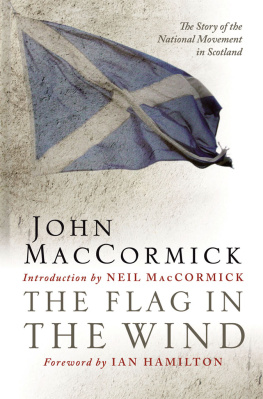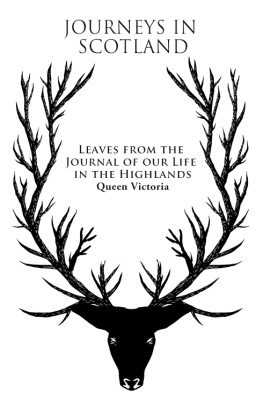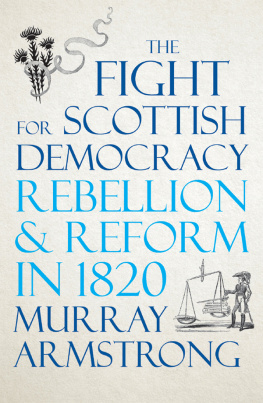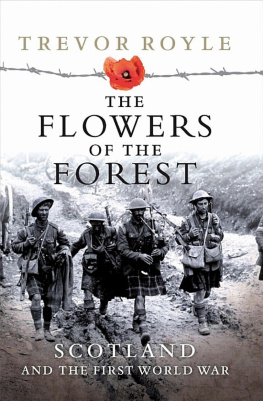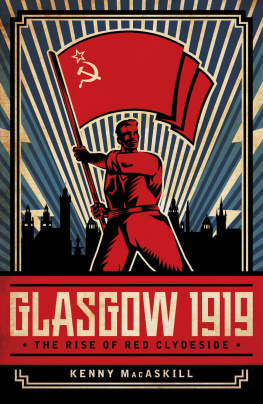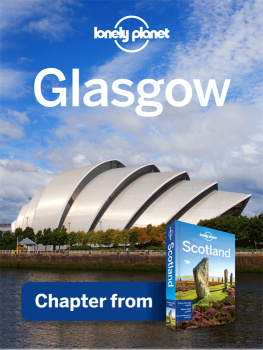Contents
Guide


First published in 2020 by
Birlinn Limited
West Newington House
10 Newington Road
Edinburgh
EH9 1QS
www.birlinn.co.uk
Copyright Maggie Craig, 2020
ISBN 978 178885 263 0
The right of Maggie Craig to be identified as the Author of this work has been asserted by her in accordance with the Copyright, Designs and Patents Act 1988
All rights reserved. No part of this publication may be reproduced in any form or by any means without permission from the publisher
British Library Cataloguing in Publication Data
A catalogue record for this book is available from the British Library
Papers used by Birlinn are from well-managed forests and other responsible sources

Designed and typeset by Initial Typesetting Services, Edinburgh Printed and bound by Clays Ltd, Elcograf S.p.A.
To the memory of
Thomas Muir, Andrew Hardie, John Baird and James Wilson, who fought and died for democracy in Scotland
and
for my parents and all the men and women who came before me and stand in spirit at my shoulder weavers, colliers, domestic servants, tenant farmers, seamstresses, railwaymen and women, thinkers, story-tellers, poets and dreamers.
Contents
Part I
The Roots of Scottish Radicalism
Part II
One Week in April
Part III
Aftermath
List of Illustrations
Thomas Muir of Huntershill
Eliza Fletcher
James Turner of Thrushgrove
Janet Hamilton of Langloan
Granny Duncan
James Wilson
William Howat
John Fraser of Viewfield
Address to the Inhabitants of Great Britain & Ireland
The Radical Dyke
Pikes used by the radical army at Bonnymuir
The Radical Pend
Bonnymuir memorial
The coat and axe of the headsman of Wilson, Hardie and Baird
The plaque which marks the spot in Broad Street, Stirling, where Hardie and Baird were hanged and beheaded
The plaque in Condorrat which marks where John Baird lived
The memorial to James Wilson, Strathaven, with replica flag
The original Thrushgrove memorial
The Sighthill memorial in Springburn, Glasgow
The memorial in Greenock to those killed and wounded by the Port Glasgow militia
The Weavers Cottage, Kilbarchan
Hardie and Baird: a broadside lament
Acknowledgements
I should like to thank the following people and institutions for the help they gave me with my research and in finding original documents, information and illustrations for this book: James Ward of the Devon Records Office; the National Archives at Kew, London; the National Army Museum; the National Library of Scotland, especially Reference Services and the Map Library at Causewayside, Edinburgh; the Mitchell Library, Glasgow, especially their Glasgow Life website; Michael McGinnes, Collections Manager at the Stirling Smith Art Gallery and Museum; the Peoples Palace, Glasgow; Carol Craig, Heritage Assistant at Renfrewshire Archives; Historic Environment Scotland, with special thanks to Beth Spence, Regional Collections Manager, and Amy Halliday; volunteers at the National Trust Scotland Weavers Cottage at Kilbarchan; Eve Allan, Deputy Court Manager and Joyce Templeton, macer at the High Court of Justiciary in Glasgow; Marion McMillan of the 1820 Society; Falkirk Library; Bearsden Library; Bishopbriggs Library; Carol Murphy of Balfron Library and Pat Thomson of Balfron Heritage Society; Strathaven Choral Society; Professor Gordon Pentland of Edinburgh University; Niki Russell at Glasgow University Special Collections; Nicola McHendry, Heritage and Community Development Manager at Maryhill Burgh Halls Trust; Frances Rideout of Glasgow Museums; Laura Feliu Lloberas, Image Licensing at the National Galleries of Scotland; and Jamie Leonard of Royston Library, Glasgow.
Several websites have supplied me with enormously helpful information: Scotlands Places; Scotlands People; the British Newspaper Archive; the Scottish Archives Network and Historic Environment Scotlands SCRAN website; the Internet Archive; and Google Books. My thanks go to all the archivists and volunteers who have worked so hard to make so much available online.
My thanks to Astrid Jaekel for her striking cover illustration and Jim Hutcheson for his jacket design, Helen Bleck for her incisive and meticulous editing, Andrew Simmons, Tom Johnstone, Lucy Mertekis and all at Birlinn who have helped produce the finished book.
My husband Will has been an extremely able research assistant and leg man, gamely climbing over seven-bar gates and walking up grassy hills carrying my camera and his own. He has also kept me fed, watered, supplied with clean clothes and frequent cups of tea, the life-giving fluid. Most importantly of all, he has steadied me when Ive faltered and given me unstinting encouragement.
FOREWORD
One Week in April
1 April 18208 April 1820
Two hundred years ago, Central Scotland and Ayrshire erupted into political protest. Over the course of one turbulent week in April 1820, thousands of weavers, spinners, colliers, artisans and labourers went on strike. Hundreds armed themselves with makeshift weapons, and mustered and drilled in and around their home villages. Scores marched out from their homes in the hope of bringing about political change, prepared to use force if necessary.
The demand was for reform of the corrupt Westminster parliament, universal suffrage, annually elected parliaments and the repeal of the hated Corn Laws. These kept the price of a loaf of bread artificially high, protecting the interests of landowners and grain merchants at the expense of the poor. The self-perpetuating and self-electing cronyism of Scotlands burgh and town councils was also in the protesters sights.
They wanted a say and had none. The laws that governed their lives were made by the landed gentry and the aristocracy sitting at Westminster. At a local level, employers, mill owners, coal owners, merchants and the well-to-do made the decisions. The idea that ordinary working people were entitled to consider, discuss and vote on who should represent their interests was anathema to those who held the reins of power in Scotland and Britain.
Radicals were people who wanted radical change to this unequal system, believing root and branch reform was required. Political reform would bring about social reform too, effecting a desperately needed improvement in living and working conditions. Men, women and children worked punishingly long hours at home, in textile mills, down mines and on the land for very little reward. The economic slump which followed the end of the Napoleonic Wars in 1815 saw repeated wage cuts while rents and food prices rose. Thousands were struggling to feed their families and keep a roof over their heads. Thousands were leading bleak and desperate lives. Thousands were going hungry.
Throughout Britain, the grievances were the same, as was the yearning for change. The only legal way to try to bring this about was by sending petitions to the government and the prince regent in London, asking for something to be done to improve the situation of the working classes. In 1816, at a meeting in what were then green fields half-a-mile or so north of Glasgow Cathedral, 40,000 people gathered to agree the wording of one such petition and call for reform. At the time, it was the largest political meeting ever held in Britain.


